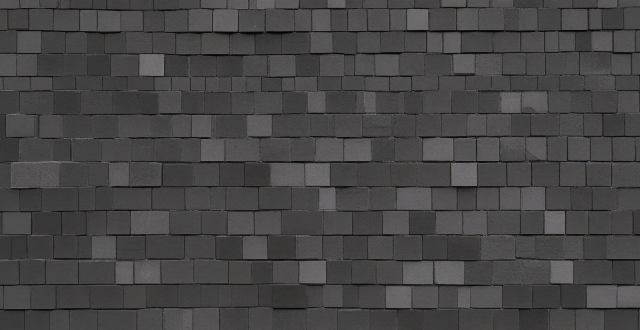Phone screen burn-in is caused by the continuous display of static images or elements, leading to permanent pixel damage. It's more common in OLED and AMOLED displays due to their individual pixel control. Factors like long-term display of static images, high brightness settings, and intensive app use contribute to burn-in. To prevent it, reduce screen time and brightness, use dark mode or dynamic wallpapers, avoid persistent on-screen elements, take breaks, and invest in protection accessories.

What Causes Phone Screen Burn-in?
Phone screen burn-in is caused by the continuous display of static images or elements on the screen for extended periods of time. This can result in permanent damage to the pixels, causing them to become stuck in a particular state and creating a "ghost" image or shadow on the screen. The main factors contributing to screen burn-in are:
1. OLED and AMOLED Displays
OLED and AMOLED displays are more susceptible to burn-in because each pixel is individually controlled and can degrade at different rates. When certain pixels are consistently displayed brighter or darker than others, they can wear out faster and cause burn-in.
2. Long-Term Display of Static Images
Leaving an image or element on the screen for an extended period of time, such as a wallpaper with large blocks of color or a persistent notification icon, can lead to burn-in.
3. High Brightness Settings
Using your phone at high brightness levels for prolonged periods can accelerate the degradation of pixels, increasing the risk of burn-in.
4. Intensive Use of Applications
Apps that have static elements, like navigation apps with always-visible controls or games with persistent UI elements, can contribute to burn-in if used extensively over time.
How Can You Prevent Phone Screen Burn-in?
To prevent screen burn-in, consider implementing the following practices:
1. Reduce Screen Time and Brightness
- Lower Brightness Levels: Adjust your screen brightness to a comfortable level that is not too high, especially when using your device for extended periods.
- Screen Timeout Settings: Set a short screen timeout in your device settings to ensure the screen turns off when not in use.
2. Use Dark Mode or Wallpapers
- Dark Mode: Enable dark mode on your device and in compatible apps to reduce the stress on individual pixels.
- Dynamic Wallpapers: Choose dynamic wallpapers or those with minimal contrast and avoid using static wallpapers with high-contrast elements.
3. Avoid Persistent On-Screen Elements
- Move Notifications and Controls: If possible, move notifications or controls around the screen to avoid constant stress on the same pixels.
- Regular App Updates: Keep your apps updated to take advantage of any design changes that may reduce burn-in risks.
4. Take Breaks
- Regular Breaks: Give your device regular breaks by locking the screen or turning it off when not in use.
- Rotate Content: If you frequently use apps with static elements, try rotating the content or changing the layout periodically to distribute the load on different pixels.
5. Invest in Protection Accessories
- Screen Protectors: Although not directly preventing burn-in, using a screen protector can help protect your screen from additional damage.
- Cases and Stands: Using cases and stands can help prevent direct sunlight exposure and heat buildup, which can contribute to screen degradation.
By following these preventive measures, you can significantly reduce the risk of phone screen burn-in and extend the lifespan of your device's display.